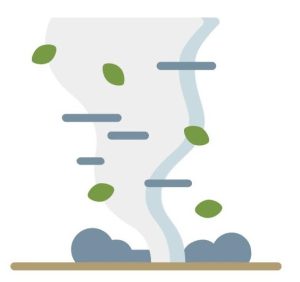This is an interactive dashboard. You can filter research articles by selecting any combination of research category, study design, or study method. The table will contain the articles you have selected.
To reset to the full group of articles, simply navigate to the filtering chart(s) and select the curved arrow in the upper left corner to reset. Research articles can be download as a table using the three dots in the upper right-hand corner of the research articles table.
Follow link to a note on the bibliography’s methodology and the identification of research categories.
See Methodology Notes >

